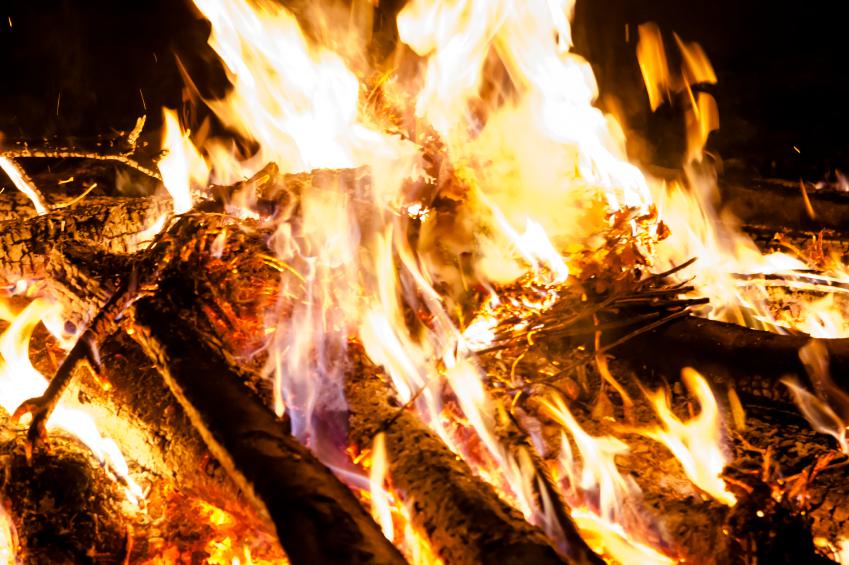It's getting colder outside and a nice warm fire in the fireplace sounds good. You venture outside and grab some cut firewood and toss it in the fireplace. The only problem is there was a dead poison ivy vine wrapped around it. This could be very dangerous.
It is tempting to burn a poison ivy or oak plant when you want to get rid of it for good, but do not ever burn them! The poison plant oil called urushiol can burn, and you can inhale the toxin. This could cause a very severe allergic reaction.
According to the Wildland Firefighter Magazine website, inhalation of burning poison ivy and oak plants is common among firefighters although much less common among the general population. The heavy particles of the smoke contain urushiol, which will fall down in soot form and can be inhaled. The lungs can swell, cause coughing, and extreme irritation and swelling in the throat. It can also cause blisters that break and run.
Know where your firewood is coming from. If you have freshly chopped firewood that may have been growing near poison ivy or oak, be careful and think twice about burning it. Also if you have broken out in a poison ivy or oak rash after handling firewood, that may be because the plant's oil is on the surface of the wood.
If you think you may have inhaled burning poison ivy or oak, seek medical attention immediately. Only a medical professional can administer proper treatment in such a case.

